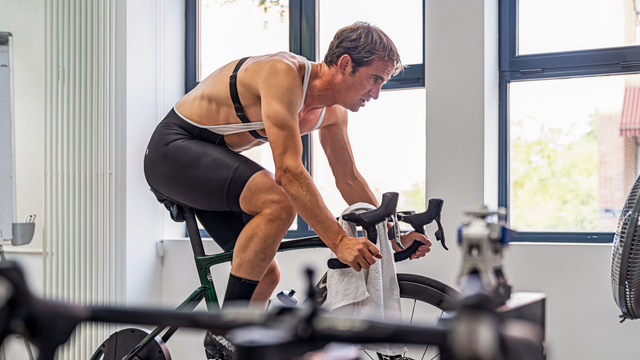The Science of Indoor Cycling Training: Maximizing Performance in Controlled Environments

Indoor cycling has revolutionized the way athletes and fitness enthusiasts approach training. Unlike outdoor cycling, which is subject to weather, traffic, and terrain variables, indoor cycling provides a controlled environment where every aspect of your workout can be precisely measured and optimized.
This precision makes it an invaluable tool for serious cyclists.
The Benefits of Controlled Training
Indoor cycling offers several distinct advantages over outdoor training:
Consistent Power Output: With a quality trainer, you can maintain exact wattage targets without the influence of wind, hills, or traffic stops. This consistency is crucial for structured interval training and threshold work.
Data Precision: Modern smart trainers provide incredibly accurate power, cadence, and heart rate data. This precision allows for micro-adjustments in training that can lead to significant performance gains over time.
Time Efficiency: No warm-up rides to training locations, no coasting downhills, and no traffic lights mean every minute on the bike is productive training time.
Training Zones and Structured Workouts
The ability to maintain precise power zones makes indoor cycling ideal for:
- Sweet Spot Training: Sustained efforts at 88-94% of FTP
- Threshold Intervals: Work at or slightly above your lactate threshold
- VO2 Max Intervals: Short, high-intensity efforts to improve aerobic capacity
- Recovery Rides: Easy-paced sessions for active recovery
Technology Integration
Modern indoor cycling setups can integrate with various platforms and apps, providing:
- Virtual racing environments
- Structured training plans
- Real-time coaching feedback
- Performance analytics and tracking
Creating an Effective Indoor Training Environment
To maximize your indoor cycling experience:
- Ventilation: Proper airflow prevents overheating and maintains performance
- Entertainment: Music, videos, or virtual platforms keep sessions engaging
- Hydration: Easy access to fluids is crucial for longer sessions
- Data Display: Clear visibility of power, heart rate, and other metrics
Conclusion
Indoor cycling training, when properly executed, can be more effective than outdoor training for specific performance goals. The key is leveraging the controlled environment to focus on precise efforts that drive adaptation and improvement.
Whether you're a competitive cyclist looking to fine-tune your power zones or a fitness enthusiast seeking efficient workouts, indoor cycling provides the tools and environment to achieve your goals systematically and measurably.
Related Articles
Coach Jack Block Types
Periodization 101 — Standard Block Types When you select “Specific Event Date” — Coach Jack supports up to 4 block types...
Improving FTP
Improving FTP You can search the internet and find lots of reasons why focusing on improving your FTP is a bad idea. I s...
Indoor Cycling 101 Three Types Virtual Outdoor Structured Training Spin Classes
Indoor Cycling 101: Three Types — Virtual Outdoor, Structured Training, & Spin Classes You may not have thought about it...
Ready to Optimize Your Training?
Join thousands of cyclists using TrainerDay to reach their performance goals.
Start Training with TrainerDay
